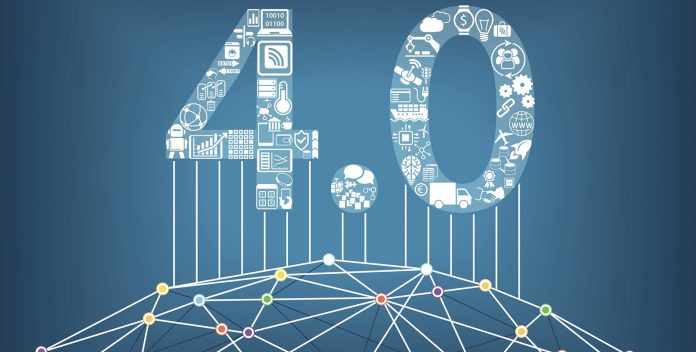If Rip Van Winkle were to wake up today after 40 years of sleep, he’d think that he was living in a world of science fiction. He would see people using wireless communication devices like those used by Captain Kirk of the Starfleet Enterprise. He would see people conversing with machines in small cylinders, (i.e. Amazon’s Alexa) like Anakin to C3P0 in Star Wars.

ARNEL ONESIMO UY
For some time now, there has been a growing concern in the workforce landscape as Industry 4.0 opens the future to more intelligent machines especially in the manufacturing and service industries. These disruptive changes driven by technology are changing business models and impacting jobs, ranging from significant job creation to job displacement, and from heightened demand for productivity to widening skills gaps. The 2016 World Economic Forum reports that in many industries and countries, the most in-demand jobs or specialties did not exist 10 or even 5 years ago, and this pace is accelerating. By one popular estimate, 65 percent of children entering primary school today will ultimately be working in a job that doesn’t exist yet.
In his book, Homo Deus: A Brief History of Tomorrow (2016), historian Yuval Noah Harari predicts that just as Industry 2.0 (mass production) created the working class, Industry 4.0 (AI revolution) will create a new “unworking” class, or what he calls “the rise of the useless class”. These are people working in jobs which have become redundant due to advances in technologies such as Artificial Intelligence, machine learning, cognitive programming/algorithms, big data/data analytics and what IBM calls the 4 I’s of Industry 4.0 (instrumented, interconnected, inclusive, and intelligence). While there are some jobs that will not be affected by this (for instance, there is only a 0.7 percent likelihood that archeologists would be displaced by algorithms by 2033), the great majority of Workforce 3.0 (computer literate) will not have the same fate. Oxford researchers Carl Frey and Michael Osborne (2013) surveyed the likelihood of professions that will be taken over by computer algorithms by 2033, and they estimate that 47 percent of US jobs today are at risk. Topping their list are telemarketers (BPO agents) and insurance underwriters with 99 percent probability.
While 2033 might be a distant future, a Deloitte study foresees that in the next 18 to 24 months, more companies will embrace the emerging no-collar workforce trend by redesigning jobs and reimagining how work is done in a hybrid human-and-machine environment. This is referring to the use of bots and virtual workers to collaborate in work.
Developed countries may easily welcome these disruptive changes in the workplace by replacing more costly (and inefficient) human workforce, but developing countries, like the Philippines, may take a longer time to embrace these advancements due to limited resources.
Pressures will mount for developing countries to address the resulting unemployment for their workforce engaged in physically demanding and repetitive jobs. For the Philippines, these are the call center agents and unskilled workforce.
There is no doubt that workforce 4.0 is coming, if it is not here now. In a precipitously evolving work setting, the ability to anticipate and prepare for future skills requirements, job content and the aggregate effect is increasingly critical for governments, business and individuals to fully grab the opportunities as well as mitigate undesirable outcomes. Retooling the current work force is imperative. Lifelong learning skills must be emphasized to make them agile and relevant to Industry 4.0. Redesigning the education system to prepare the next generation workforce with relevant abilities and skills is a must. The World Economic Forum, for instance, mentioned core skills – abilities (cognitive and physical abilities), basic skills (content and process skills) and cross-functional skills (social, resource management, systems and technical skills).
On the flip side of the Industry 4.0, we are given glimpses, if not a taste of how machines and technology can make life easier. Drones can now deliver packages and to-go food. Because we can work from home (virtual), we avoid traffic. These realities free up an important and valuable resource – time. We can use this time to help us regain our humanity and become more human or we can use this time to transform ourselves to become more like machines. Personally, I choose the former and evolve into humanity 5.0. Paradoxically, as machines begin to learn, think and behave more as humans, humans today pursue expediency and efficiency and become more robot-like.
In the end, humans were created not only to conquer the world but also to give it meaning. Harari said it succinctly: “What will happen to society, politics and daily life when non-conscious but highly intelligent algorithms know us better than we know ourselves?”.










